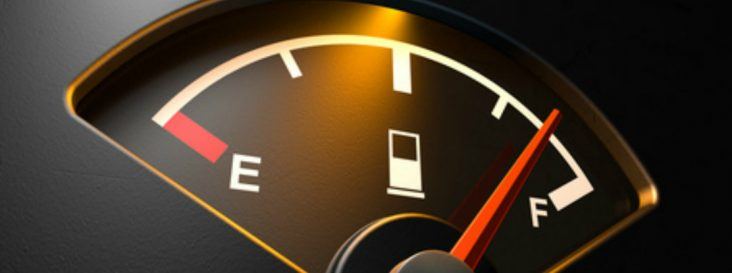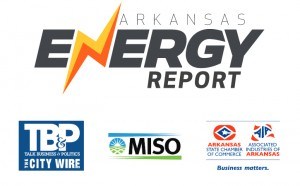Gas prices see biggest jump in 2016, crude tops $40 a barrel
by March 18, 2016 1:28 pm 225 views

Editor’s note: This story is a component of the Arkansas Energy Report, which is produced monthly and is sponsored by the Arkansas State Chamber of Commerce/Associated Industries of Arkansas, and MISO (Midcontinent Independent System Operator).
––––––––––––––
Just a month after pump prices fell below $1.25 a gallon in some parts of the state, Arkansas pump prices appear headed for $2 as local gasoline retailers take advantage of market uneasiness concerning global crude oil prices.
This week, U.S. gas prices jumped by 12 cents per gallon to an average of $1.97 per gallon, which is the largest weekly increase since early March 2015. Prices increased by double digits due to a decline in gasoline supplies, relatively strong demand and continued refinery maintenance, AAA said.
The national average has moved higher for 20 of the past 22 days for a total of 27 cents per gallon, pushing week-ending price just short of $2 per gallon to the highest average in two months. Relatively low oil costs continue to provide drivers with year-over-year savings at the pump, and consumers nationwide are still saving 50 cents per gallon compared to this same date last year.
In Arkansas, pump prices across the state have jumped 10 cents in the past week. The average price for regular unleaded is $1.83 a gallon, which is about 40 cents below year-ago levels. Pump prices in the state’s metropolitan areas range from a low of $1.80 in Texarkana, Fort Smith and Northwest Arkansas to a high of $1.87 per gallon in Pine Bluff. Motorists in the Little Rock metropolitan area are seeing prices at an average of $1.82 per gallon.

According to AAA, pump prices typically move higher at this time of year as gasoline demand begins to increase and refineries conduct seasonal maintenance. This year’s refinery maintenance season is characterized by lower-than-expected prices for crude oil and ample supplies, which should help keep pump prices relatively low compared to recent years.
Prices in some regions may move significantly higher in the near term due to fluctuations in local supply and demand associated with continued maintenance and preparations for summer-blend gasoline in advance of the June 1 deadline for retail facilities to sell the cleaner blend.
FED, OPEC ACTIONS PUSH OIL PRICES HIGHER
According to some industry analysts, the Federal Reserve’s decision to hold interest rates in the current range and the Organizing of Petroleum Exporting Countries (OPEC) decision to meet with other major global oil producers in Doha Qatar next month also played a role in higher wholesale prices for gasoline and other petroleum products tied to the price of crude oil.
At the Qatar meeting on April 17, leading OPEC members Saudi Arabia, Kuwait, Venezuela and will hold rare talks with Russia and other non-OPEC oil producers to consider freezing crude production at current levels in order to prop up the price of Brent crude, the international benchmark. Over the past several weeks, Brent has been trading lower relative to the price West Texas Intermediate, the U.S. premium grade of crude.
In Friday’s session on the New York Mercantile Exchange, WTI rallied 1.9% to $40.96 in the morning session. Just this week, the light, sweet U.S. premium crude has jumped nearly 10% to the highest level since early December. In London, Brent crude rose 1.8% to close the week at $42.30, an increase of 7.7% for the week.
